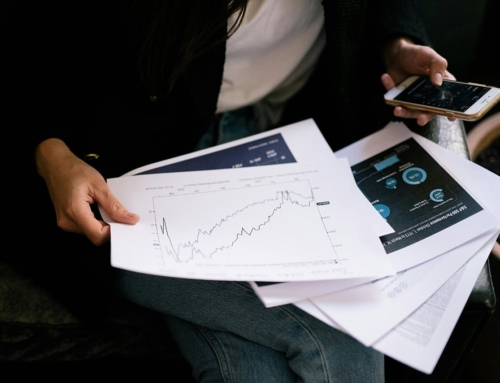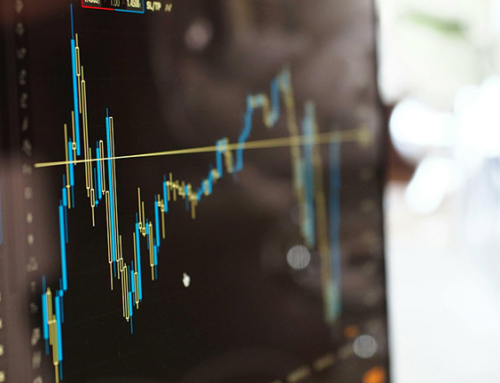As one year winds down, economic forecasters ramp up their calculated predictions for the next. So what will next year bring, and more importantly, what does it all mean for you?
Here’s a summary of a few of the big factors, along with what we might expect to see in the coming months.
The Big Wildcard: The COVID-19 Pandemic
What’s happening now: The pandemic continues to complicate things. New variants in 2021 have sent ripple effects through the global economy, especially as many countries have newly tightened restrictions and big events have been postponed (including the World Economic Forum in Davos, which was postponed for the second straight year). Even major universities, such as Stanford and Harvard, have pulled classes back online for the foreseeable future.
The financial markets have responded: There’s been some volatility in the markets ever since knowledge of Omicron surfaced (as of this writing, stocks took another tumble this week in response to new restrictions) creating more uncertainties for investors.
Looking ahead: No one can predict what the pandemic will do, of course, but we do know enough not to expect pre-pandemic levels of “normal”. We believe that any economic disruption caused by the Omicron variant will delay economic growth rather than forego it entirely. We expect above-trend economic growth in the year 2022 with the high possibility of disruptions caused by Omicron and potentially other variants. We expect the economy to settle back to trend-growth in the second half of 2022 or early 2023, depending on the virus, with interest rates rising over the course of the year.
The Big Spender: The Government
Biden’s Build Back Better is dead in the water, after Democratic Sen. Joe Manchin withdrew support mid-December. Those who were in favor of the bill said it would increase consumer spending and help the U.S. make inroads towards climate goals.
On the other hand, the $1.7B plan would’ve added an estimated $376B to the deficit and could have provoked more serious inflation. It also would have brought higher taxes on corporations and the ultra wealthy, which could have had some big impacts on investing.
Looking ahead: Government spending on stimulus will taper off, and although monetary policy is likely to tighten, it may be less than investors are concerned about and it’s unlikely central banks will take extreme measures. We expect the Fed to tighten in 2022 but remain data dependent. Meaning, should the economic landscape change, so will their tightening schedule and we will be closely monitoring the pace in which the Fed tightens monetary policy. In Washington we expect another deficit to be run but substantially smaller than the $2.8T we saw in 2021. The passing of the Build Back Better plan will help ease off what has been full throttle fiscal support to the US economy rather than end it abruptly. The ability of congress to do this remains to be seen
The Big Elephant in the Room: Inflation
Inflation has been driven in part by global supply chain disruptions and in the United States, the inflation rate was 6.8% in November 2021. Supply chain troubles caused the costs of goods and services to rise, but energy was actually the biggest contributor, as the cost for gasoline, fuel oil, and energy services all had the largest year-over-year price hikes.
Looking ahead: On the one hand, we haven’t been in a typical economic cycle and it’s anticipated that supply chain disruptions will dissipate. On the other hand, Federal Reserve chairman, Jerome Powell, famously pivoted last week by reporting during a press conference that the Fed is taking actions toward controlling inflation. This includes phasing out the stimulus and raising interest rates in 2022.
The Big Question: Labor
Is there truly a labor shortage, as in not enough workers? Or is the tight labor market a result of workers seeking greater empowerment in their employment? Whichever way the headlines and the arguments are leaning, there’s no question that labor challenges are part of the economic environment and are a big concern for investors.
Looking ahead: The aging population will contribute to ongoing labor challenges, but it is expected that as the pandemic effects diminish, the labor market will experience a cyclical recovery.
What to do next
Discipline, diversification (across and within asset classes) and periodic rebalancing are all investing mainstays for a reason. Remaining alert to and aware of the various factors at work is important, but so is staying the course and having discussions with your wealth manager about your personal financial plan.
Do you want to make sure your financial plan is in the right place for 2022? Let’s talk about how Ironwood Wealth Management can help.





